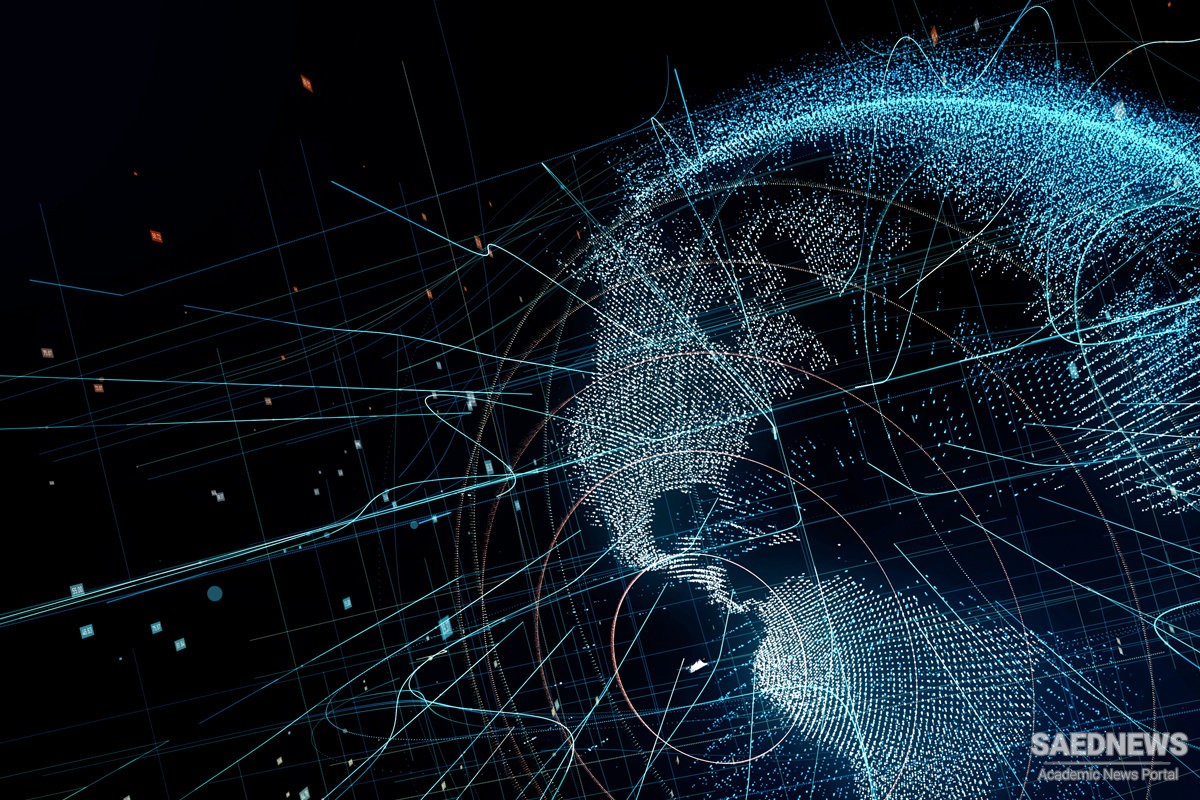The existing disparity of wealth, exports, and Internet use does not come about because poor countries are completely cut off from the world economy. Paradoxically, the countries of sub-Saharan Africa have a higher export/GDP ratio than developed economies do: 29 percent of GDP in the 1990s (Castells 2000b). However, exports from sub-Saharan African countries tend to be predominantly low-value primary commodities whose market value has steadily fallen in the past two decades, whereas the exports of the wealthy countries are based on hightechnology and high-knowledge goods and services whose corresponding market value has steadily risen since the onset of informationalism. Between 1976 and 1996 the share of world trade composed of high- and medium-technology goods—defined as those requiring intensive research and development expenditures—rose from 33% to 54%, and the share of world trade composed of primary products fell from 45% to 24% (World Development Report 1998/99). This pattern of rich countries getting richer while poor countries stay poor has resulted in the so-called twin peaks income distribution, with 2.4 billion people living in countries with average incomes of less than $1,000 USD per year, 5 billion people living in countries with average incomes of more than $11,500 USD per year, and relatively few people living in countries with average incomes of $5,000 to $11,500 USD per year.


 Stratification and Informational Economy: Sophisticated Labyrinth of Digital World
Stratification and Informational Economy: Sophisticated Labyrinth of Digital World














































